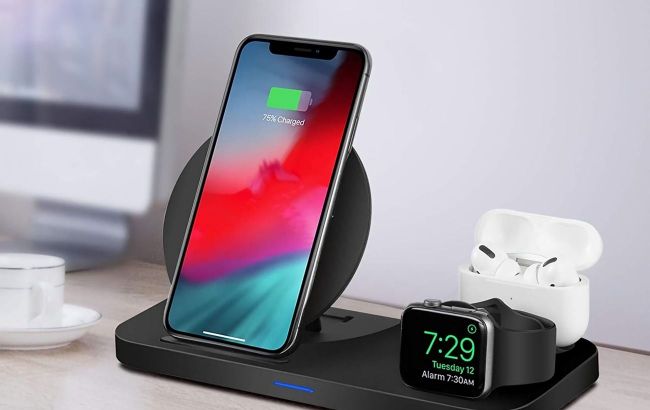Wireless chargers can damage and burn smartphone: Details revealed
 Illustrative photo (pixabay.com)
Illustrative photo (pixabay.com)
A group of researchers from the University of Florida and the cybersecurity company CertiK have uncovered startling revelations about the VoltSchemer attacks. These attacks have the potential to fry smartphones and other devices via wireless charging, according to Hackster.
VoltSchemer attacks
Cybercriminals can utilize electromagnetic interferences to hijack control of the charging device, disrupting its interaction with smartphones beyond manufacturers' intentions.
Notably, such interferences can be generated by virtually any external device, requiring no prior manipulation of the charger or compromising the smartphone for such attacks to occur.
VoltSchemer merges three types of attacks with varying effects but operates on a single principle
Bypassing overheat protection
Under normal circumstances, a smartphone signals the charging device indicating it's fully charged, leading to automatic cessation of charging. However, the audio signal of VoltSchemer interferes with this information transmission, compelling the charger to continue operating at full capacity.
This induces device overheating: during experiments, charging raised a Galaxy S8's temperature to 81 degrees Celsius.
Bypassing foreign object detection
Chargers adhering to the Qi standard typically verify the placement of compatible devices, preventing the possibility of charging other objects like car alarm remotes or USB flash drives.
Researchers successfully circumvented this protection, causing chargers to overheat, damaging various objects including paper clips, whose temperature surged to 280 degrees Celsius.
Interaction with voice systems
Researchers discovered that signal interferences could be utilized to issue commands to Siri or Google Assistant, actions imperceptible to humans. Consequently, they managed to prompt phones to make calls, search the internet, and launch applications.

Heat maps and photos of overheated foreign objects (photo: Hackster)

All three methods were tested on 9 of the most popular wireless chargers (photo: arxiv.org)
Research findings
All devices proved vulnerable to varying degrees to the aforementioned attacks. Before publication, researchers contacted the manufacturers, discussing the identified issues and exploring potential solutions to guard against such VoltSchemer-like attacks.
This study unveils the vulnerability of contemporary charging stations and their standards. Authors contend that manufacturers must meticulously design measures to shield against electromagnetic interferences.

